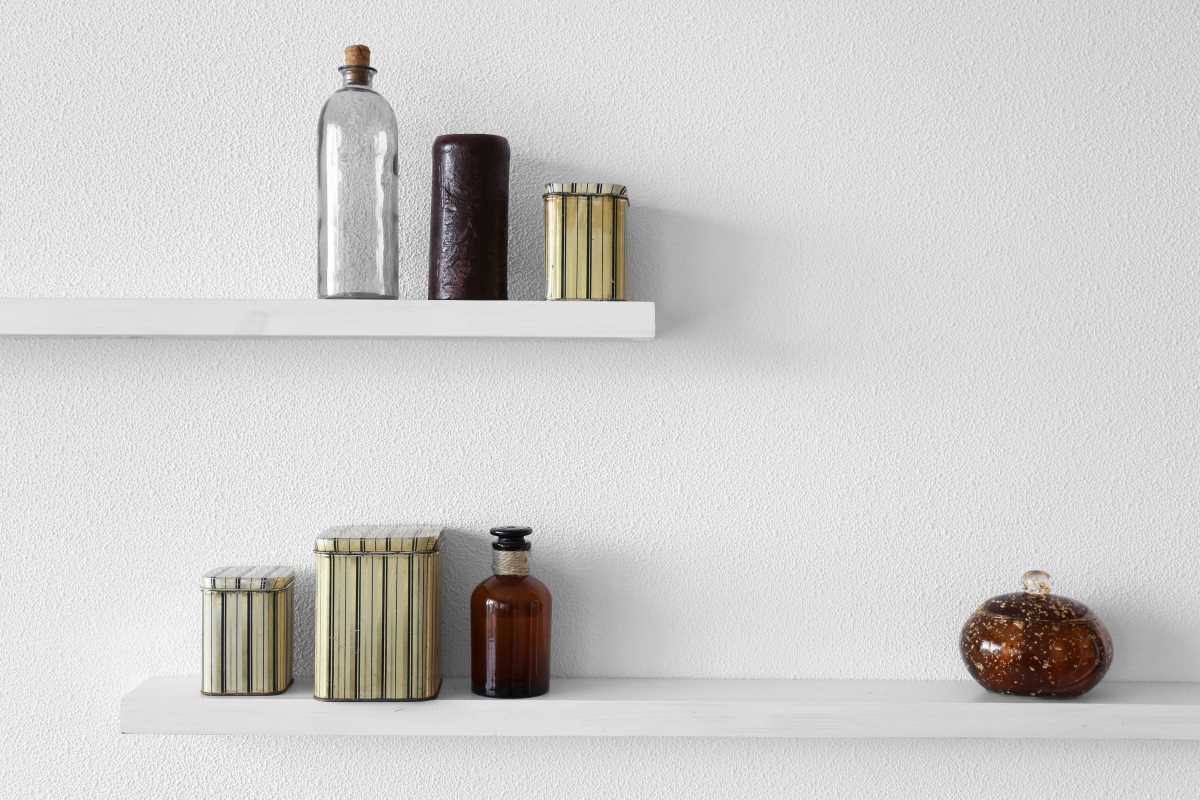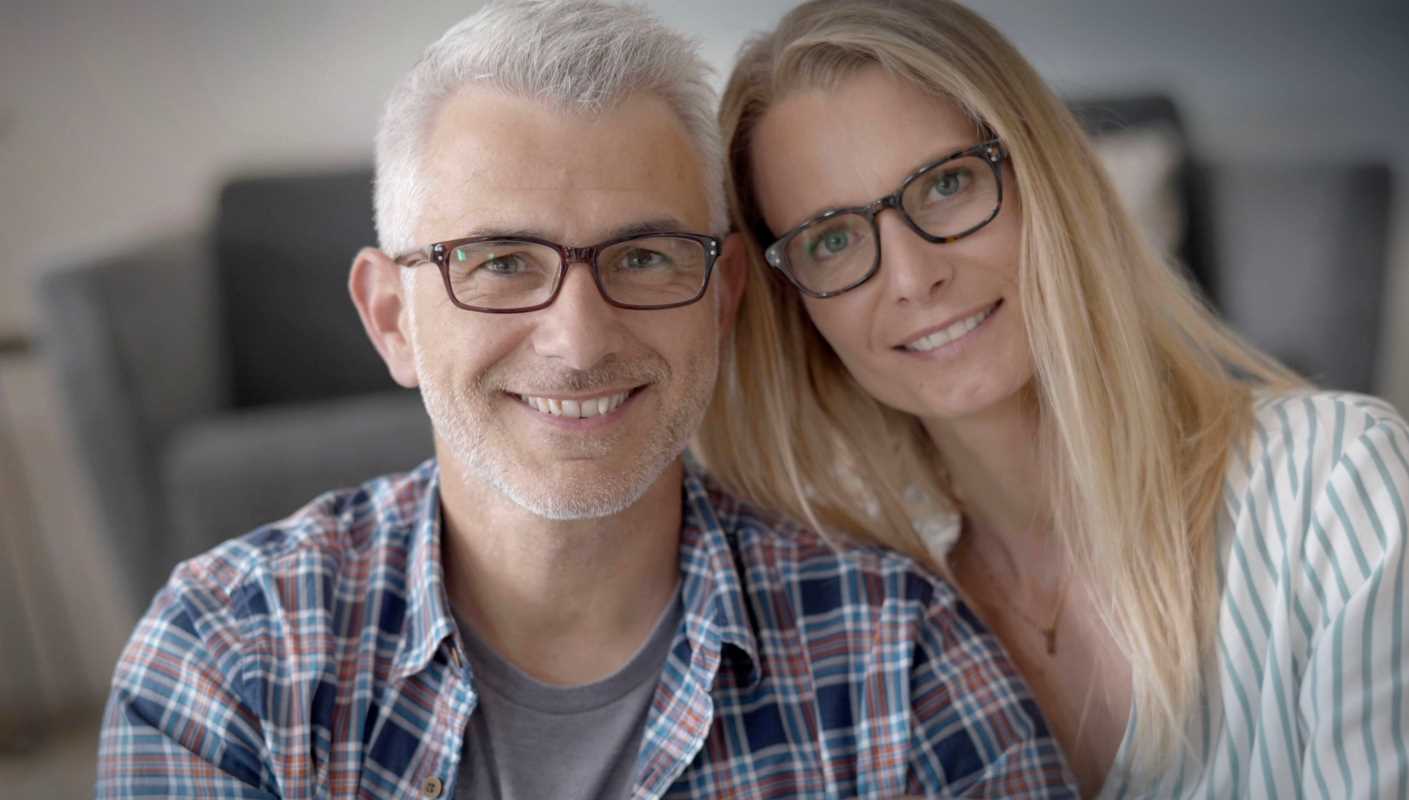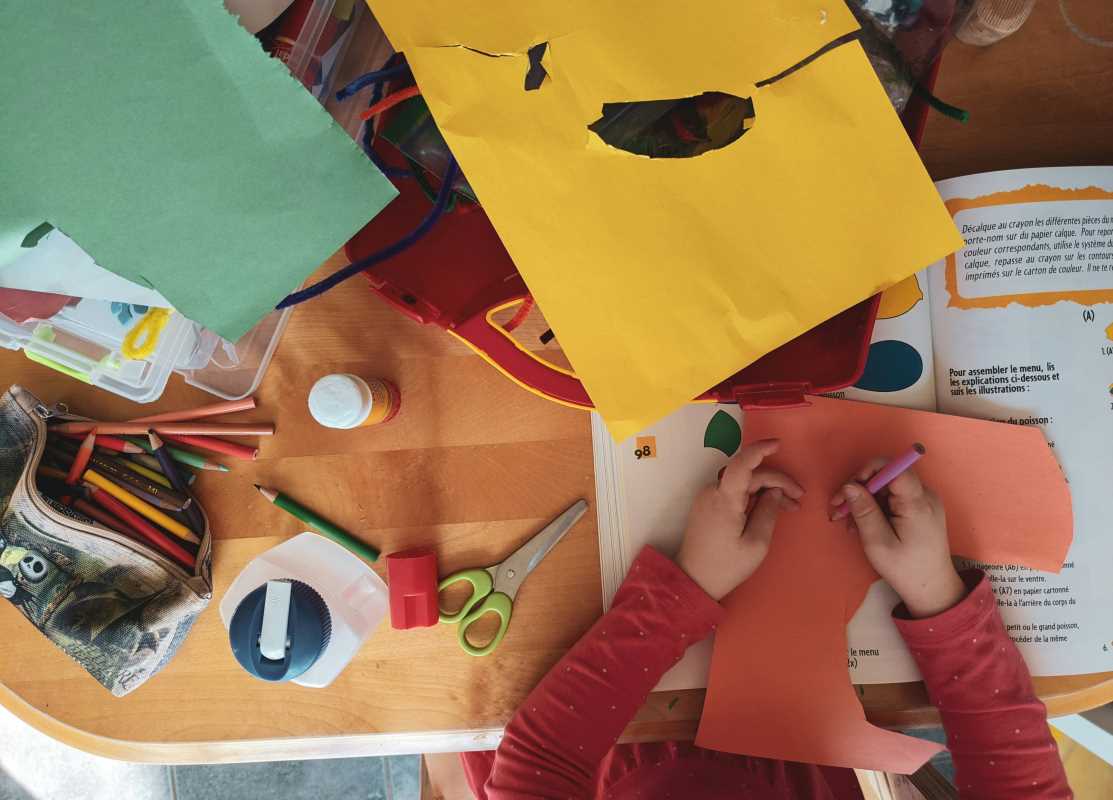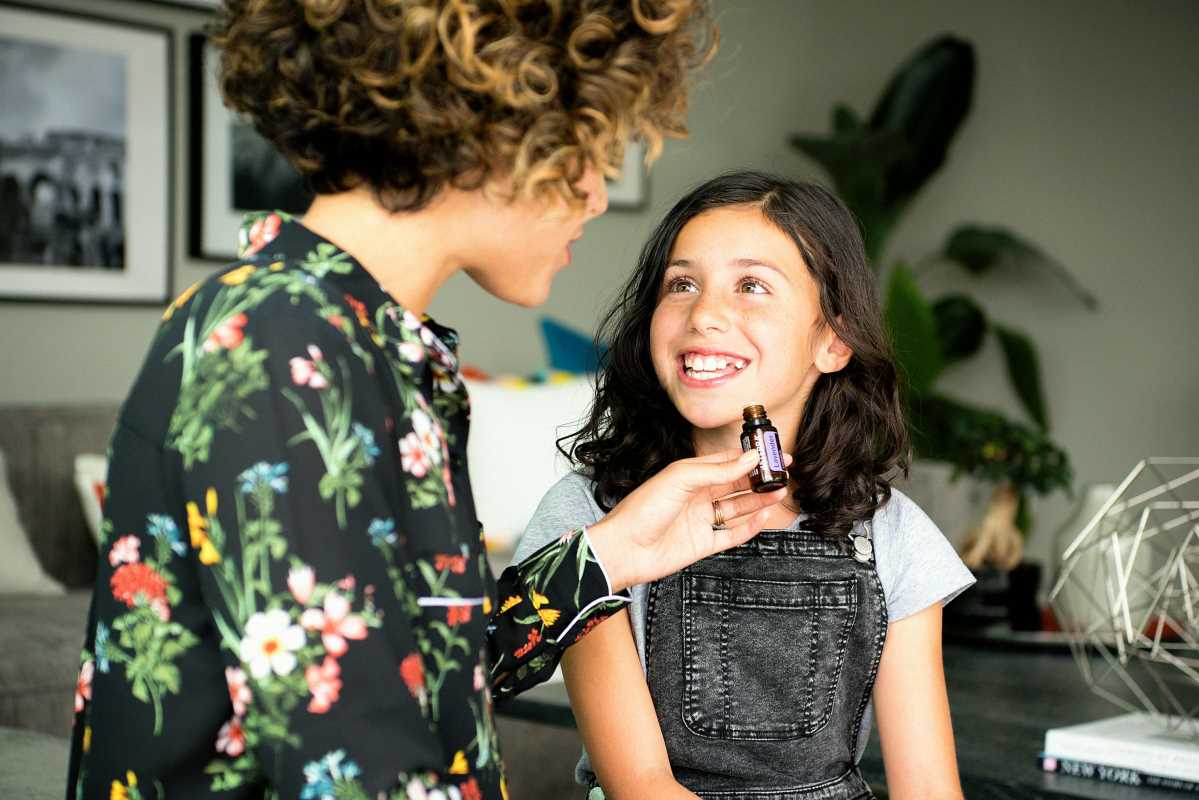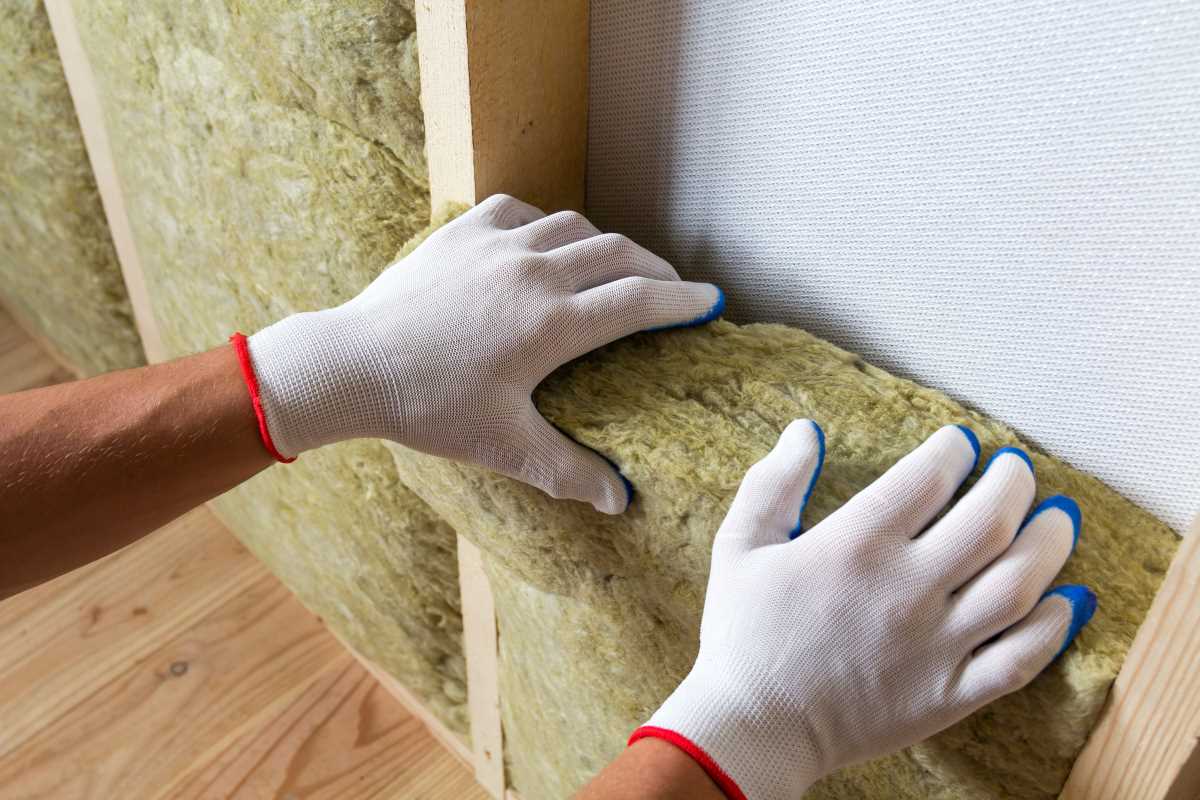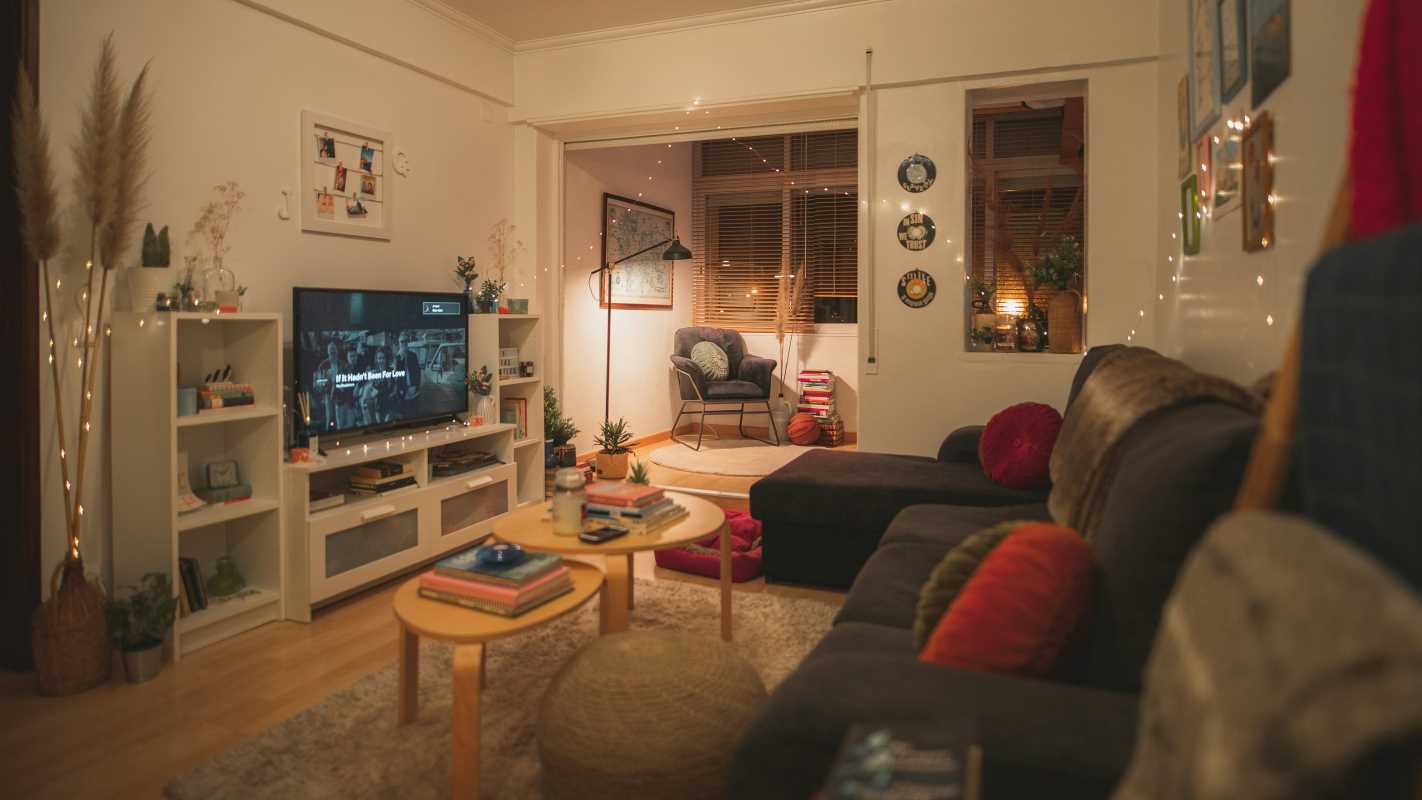Hardwood floors bring warmth and beauty to any home, but they also require proper care to maintain their luster and longevity. Whether you're a new homeowner or seeking to preserve the charm of your seasoned space, understanding the do's and don'ts of hardwood floor care is key. Here’s how to keep those planks in pristine condition.
Do: Regular Cleaning
Dust and debris can scratch hardwood floors over time, making regular cleaning essential. Use a soft-bristle broom or a microfiber mop for daily sweeping. For deeper cleaning, a damp mop with a mild, pH-neutral cleaner specifically designed for hardwood floors can lift dirt without damaging the wood.
Avoid using excessive water, which can seep into the seams of the wood, causing warping and swelling. Instead, lightly mist your mop head with the cleaner and swiftly go over the floors, ensuring moisture does not pool.
Don't: Use Harsh Chemicals
Harsh cleaners can strip the finish from your hardwood floors and can even cause permanent damage. Avoid products containing ammonia, bleach, or abrasive agents. Also, steer clear of oil soaps and wax as they can build up and create a slippery surface while dulling the finish over time.
Choosing the right cleaning products is crucial; opt for solutions specifically formulated for hardwood to avoid leaving a residue that can attract more dirt and lead to a cloudy appearance.
Do: Protect Against Scratches
Furniture can cause significant scratches on hardwood floors. Protect your investment by using felt pads under the legs of chairs, tables, and other heavy pieces. Regularly check and replace these pads to ensure they remain effective in preventing scrapes and scuffs.
Area rugs and runners in high-traffic areas like hallways or entryways can also help reduce wear and tear. Make sure to use non-slip pads under rugs to keep them in place and prevent any accidents.
Don't: Wear Shoes Indoors
Shoes can bring in dirt, grime, and small pebbles that may scratch hardwood floors. Encourage family and guests to remove shoes upon entering your home. Consider providing indoor slippers or socks for guests to keep everyone comfortable while also protecting your floors.
This practice not only preserves your floors but also contributes to a cleaner and more hygienic home environment.
Do: Manage Sun Exposure
Prolonged exposure to sunlight can fade and discolor hardwood floors. Use curtains or blinds to control the amount of sunlight hitting your floors throughout the day. UV-blocking window films can also be a great investment to protect against discoloration without sacrificing natural light.
Rotating furniture and rugs periodically can ensure that the floor ages evenly, preventing noticeable spots that look newer or older than the rest of the area.
Don't: Ignore Moisture
Water is the enemy of hardwood floors. Immediately clean up any spills to prevent water damage. In areas like the kitchen or bathroom, consider placing mats at strategic points to absorb excess water. Ensure that these mats are breathable to prevent moisture buildup underneath.
For homes in humid climates, using a dehumidifier during the wet season can help maintain the natural contraction and expansion of wood without causing damage.
Do: Regular Maintenance Checks
Regularly inspect your hardwood floors for signs of wear or damage, such as cracking or buckling. Addressing these issues promptly can prevent further damage and costly repairs. Refinishing the floors every 5-10 years can restore their original glow and provide an additional protective layer against everyday wear.
Scheduling professional cleanings can also keep your hardwood floors in top shape, ensuring they remain a beautiful and durable part of your home.
By adhering to these simple guidelines, you can enjoy beautiful hardwood floors that last generations, adding character and value to your home. Remember, consistent care is the key to preserving the natural beauty of your hardwood floors.
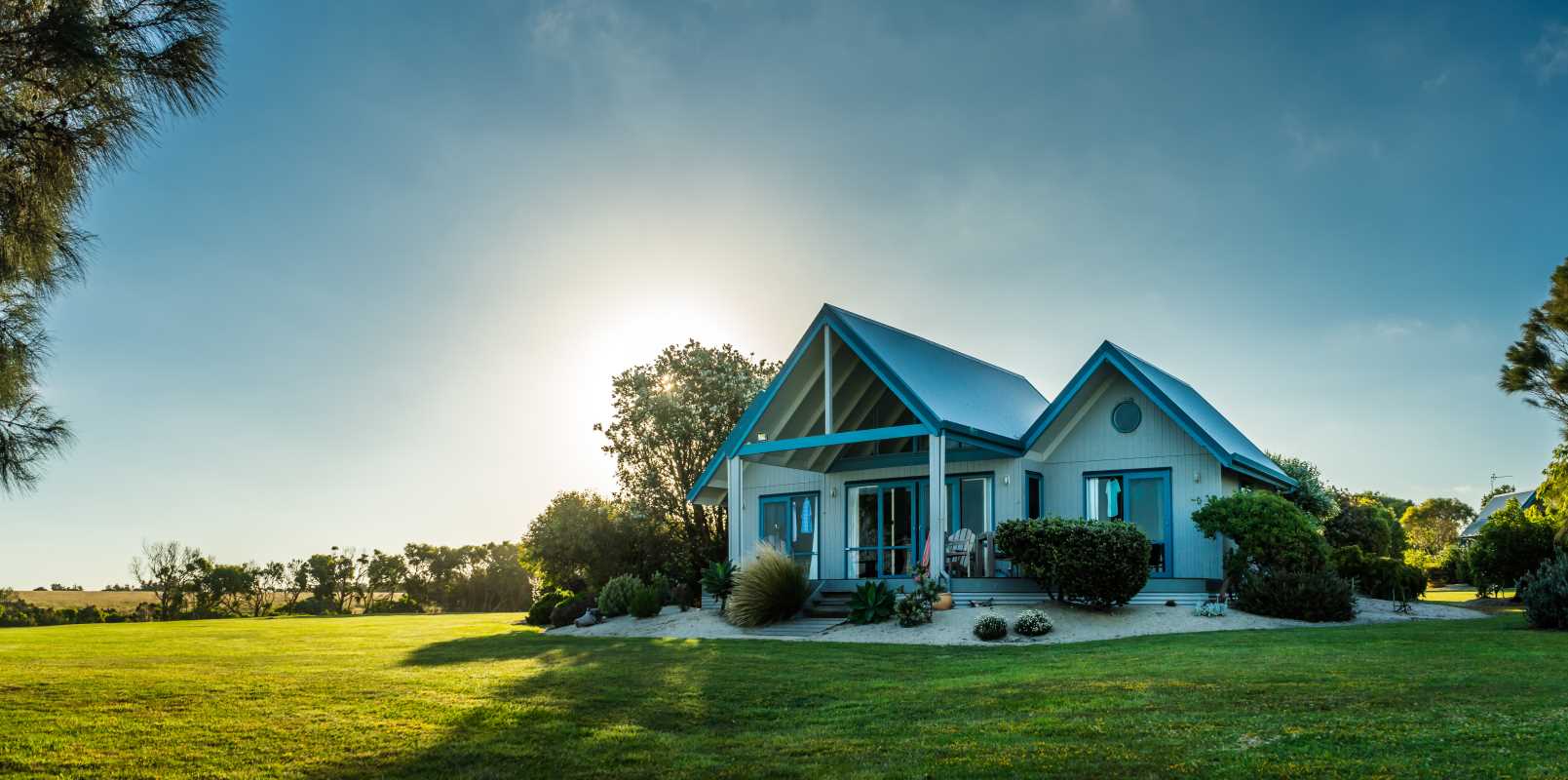 (Image via
(Image via